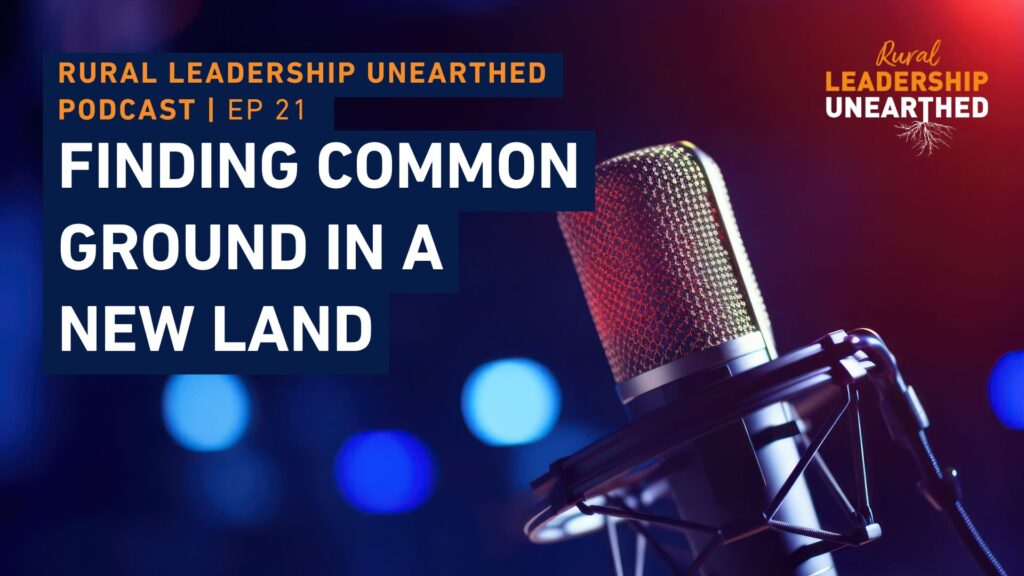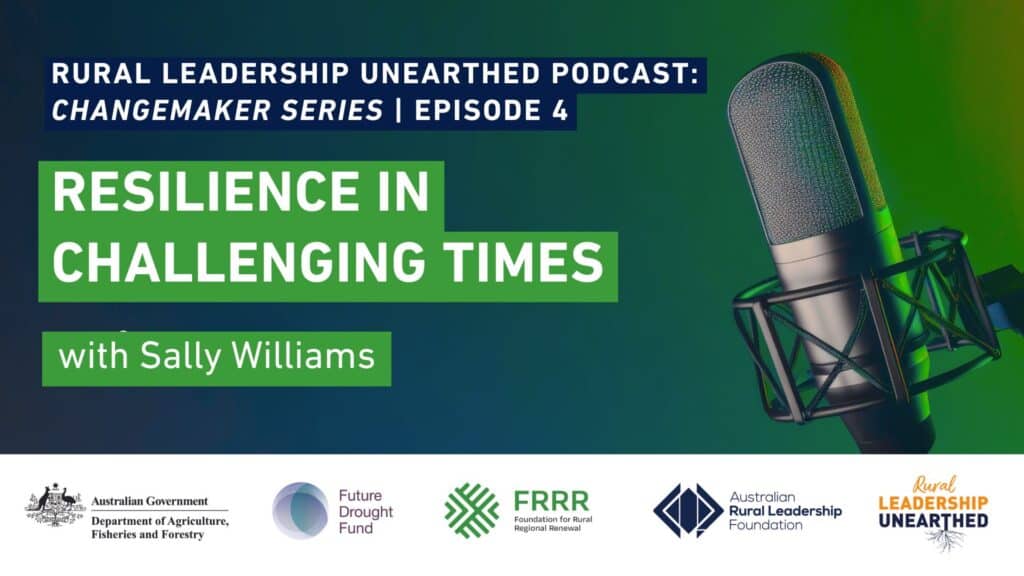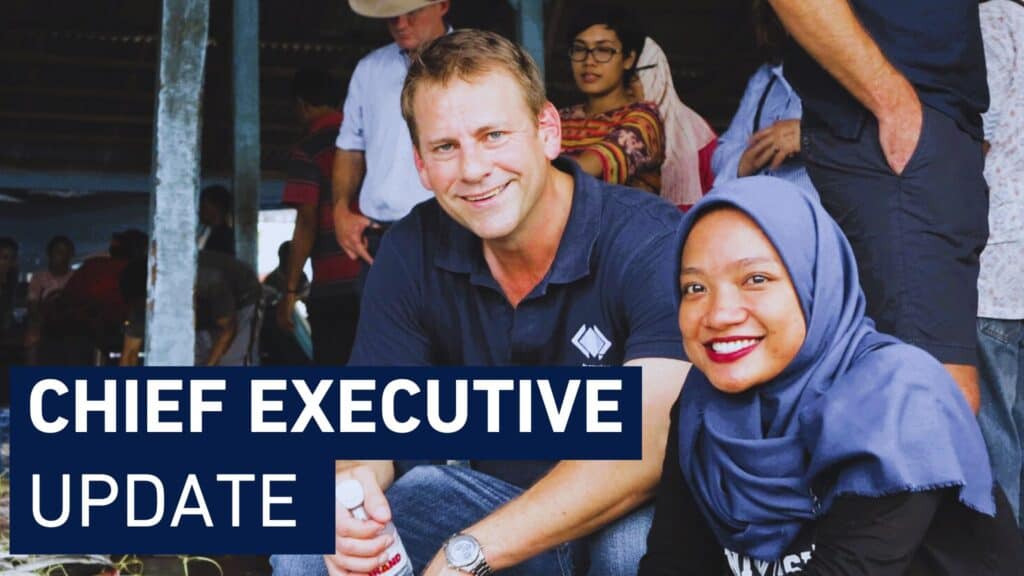On a crisp Saturday morning in a small town, the local footy club was buzzing. Jess volunteered to flip snags on the half-time BBQ, giving club President Pete a chance to meet with a new sponsor. In return for her time, Jess asked if she could borrow the clubhouse for her daughter’s birthday in a few weeks. No paperwork. No invoices. Just two people, each offering something the other needed.
This kind of transaction – where time and resources are swapped without money changing hands – is what’s known as an offers and needs model. It’s a structured but flexible way for people to name what they can offer and what they need, then find matches within a group. It’s simple but can lead to huge benefits.
A model rooted in everyday generosity
Everyone has something to give. Everyone could use a hand. The offers and needs model helps surface that reality.
It might show up in a workplace, where one person offers IT support while asking for help writing a report. It could play out at home with a child offering to vacuum in exchange for extra screen time. In a book club, one member might offer to host meetings while asking for a lift home afterwards.
At a neighbourhood event, someone could share their sourdough starter in return for help learning how to use social media. Even in professional settings, the model can strengthen networks. One participant in a leadership program might offer media training and ask for strategic planning support in return.
Wherever people gather, this model invites generosity, curiosity, and connection.
Why it matters
Too often, we operate in silos. We wait for permission or assume we need funding to take action. The offers and needs model flips that mindset. It reveals the value already present in our communities (ie. skills, time, lived experience, tools) and encourages people to share it.
It also breaks down hierarchy. Everyone is invited to contribute, regardless of title or role. It creates space for trust, empathy and peer-to-peer learning. And when people feel seen, useful and supported, they’re more likely to stay engaged and take initiative.
In essence, the model brings out the best in people. It fosters collaboration, celebrates abundance, and builds momentum.
Running your own offers and needs session
While the approach echoes the age-old idea of bartering or trade, what makes it different is how it’s done.
The model invites participants to reflect firstly on what they can offer and secondly what they need…something many of us do in the reverse order. The sequence matters. It sets a tone of generosity before vulnerability.
Sessions welcome silence, giving space for people who are more introverted or need time to think. It’s not a free-for-all. It’s a structured, safe environment where everyone can participate on their own terms.
Each offer or need is also labelled for example, as a gift, a trade, or an opportunity for learning. This helps manage expectations and encourages clarity.

How to run an offers and needs session
If you’re interested in exploring how an offers and needs model could bring some benefits into your community, organisation or everyday life, follow the steps below.
1. Set the tone: Welcome everyone warmly. Explain the purpose of the session. Emphasise that every person brings something valuable, and no offer or need is too small.
2. Explain the model: Give a simple explanation. Each person will share a few things they can offer and a few things they need—these might be practical, professional or personal.
Example offers:
- “I can help edit the company newsletter.”
- “I have a projector we can use for a movie night.”
Example needs:
- “I’d love support applying for a community grant.”
- “I’m looking for a mentor to help me with my presentation skills.
3. Encourage generosity and curiosity: This isn’t a competition. People don’t need to offer anything they’re not comfortable with. Encourage folks to be open, creative and thoughtful.
4. Individual reflection: Give everyone time to quietly write down 3–5 offers and 3–5 needs.
5. Sharing round: Go around the group. Each person shares their name and a few offers and needs. Keep it short and conversational. You can capture the list on a whiteboard, flipchart or sticky notes for easy reference.
6. Make matches: Once sharing is complete, open the floor. People can approach one another to follow up on matches. This might sound like, “I’d love to take you up on that,” or “I think I can help you with that.”
7. Open mingling: Allow time for people to mingle, connect and have conversations. This is often when the real magic happens.
8. Follow up: Encourage people to swap contact details. You might also send out a summary of offers and needs so connections continue after the session.
9. Wrap up: Thank everyone. Invite reflections. Ask, “What surprised you?” or “How did it feel to share what you offer and what you need?”
10. Repeat and adapt: The more often this model is used, the more confident people become. Build it into your regular team check-ins, community events, or leadership workshops.
Good luck!
The offers and needs model l isn’t just about getting things done. It’s about how we show up for each other.
It helps us name our strengths and our vulnerabilities. It sparks conversations that may not happen otherwise. And it gently reminds us that leadership isn’t always loud or front and centre. Often, it’s in the quiet act of offering what we have or asking for what we need.
You don’t need to wait for a perfect moment to try this. Just bring people together. Create space. Ask the question: what do you have to offer… and what do you need?
That’s where change begins.





